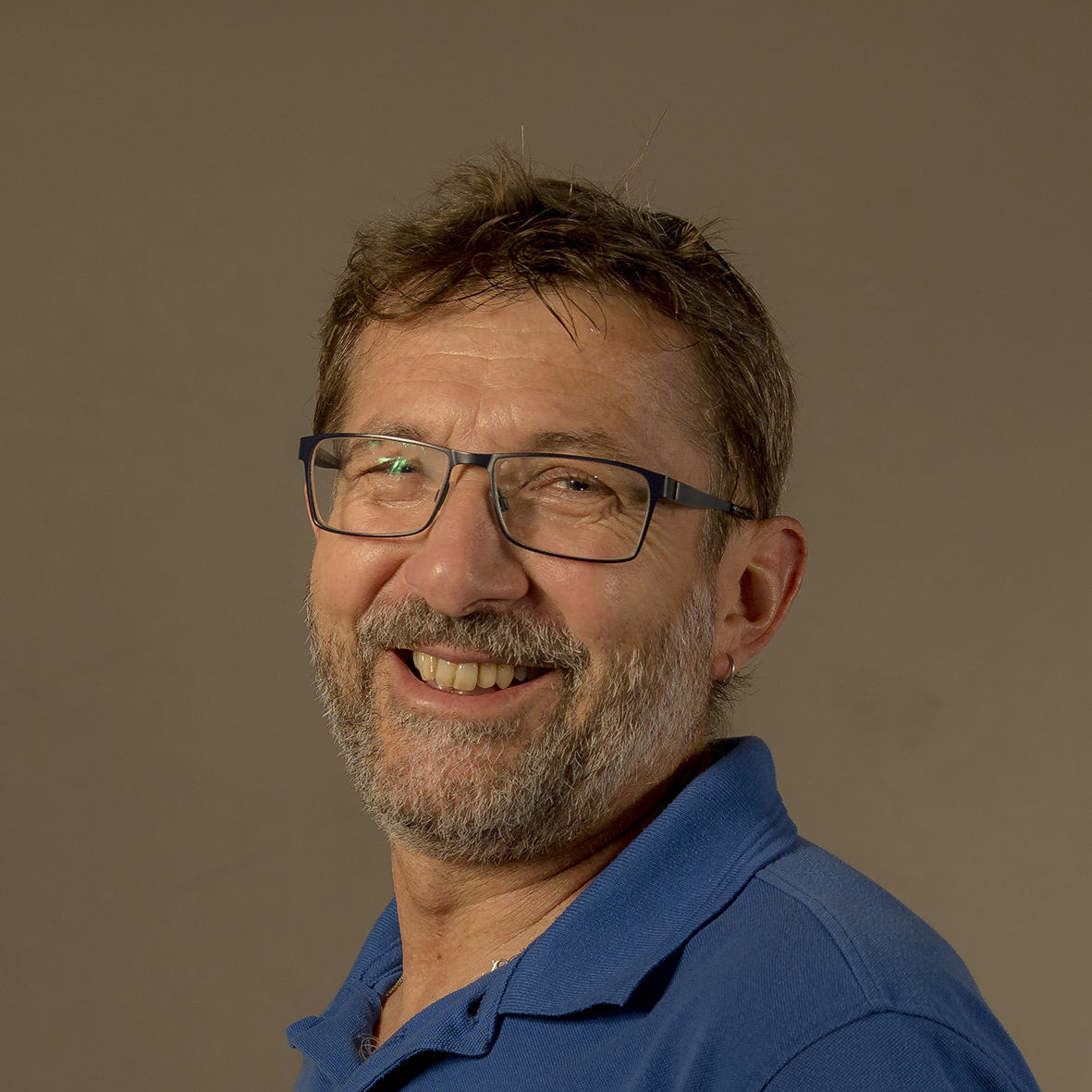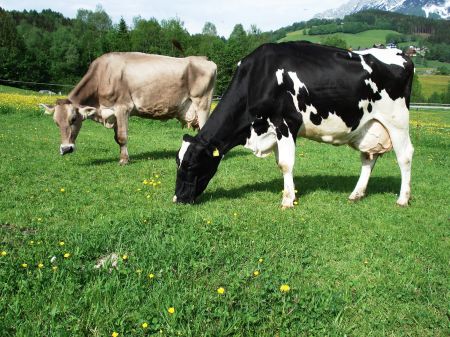In addition to the costs of replenishing the herd, the greatest savings potential in dairy farming lies in feeding. By reducing concentrated feed and making the best possible use of cheap but high-quality pasture feed, feeding costs can be reduced significantly. According to surveys, around 30% of companies can imagine pasture farming. However, in many farms the possibility (limited pasture area) and also the willingness to maintain full-time pasture are not available or are only available to a limited extent. For this reason, hourly or half-day grazing appears to be a good option for taking advantage of the advantages of cheap pasture feed on these farms and, in addition, expensive concentrated feed (especially protein concentrated feed) could be saved. There is currently a lack of experience as to whether hourly or half-day pastures can also be managed as short grass or paddock pastures. In addition to the potential for saving concentrates, pasture management is one of the main goals of this research project. Until now, pasture feed intake on short grass or paddock pastures has mostly been determined indirectly through calculations or animal performance and in some cases also using indicator methods. As part of this project, pasture feed intake is to be recorded using the difference method (mass survey of growth before and after grazing). The feed intake determined in this way should be compared with that from calculations or that from an indicator method.
Further information on project management can be found in the database for research and sustainable development (Dafne) -> Link







